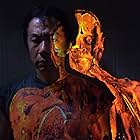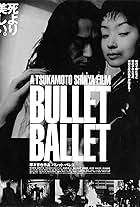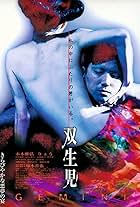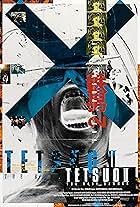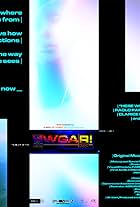This reminds me of my discovery with Tetsuo, ten years ago, of a cinema out there. Tetsuo for me at the time was like listening for the first time to bands like Throbbing Gristle or SPK. The term 'industrial' wasn't just a commercial label, it communicated something fundamental of the fabric it was made of, not of style but of the sound itself (in Tetsuo's case, the image). It was enough to simply experience it, interpretations seemed superfluous.
Snake of June is a similar experience for the body, in the sense that the ideas explored pale in comparison to the exploration itself. Whatever it's a portrait of, of sexual or personal liberation from the self, it's the portrait that matters to me.
The grimy aesthetic pulsing with grain and noise, the fluid camera exploring dark recesses of an urban dystopia of constant downpour, the sudden bursts of fetishized sex, all these orient and provide contrast and context to what is explored. It's not enough to see these personal demons overcomed by the female protagonist, the boundaries of mundane existence broken apart, it counts to experience how they reflect.
A view of the mind is permitted here through a camera obscura, dancing on the walls of the mind we see demented projections. The emerging view is not clear, but like the best of surreal cinema, kaleidoskopic. We may piece something together of the image we see, but that's hardly the point for me. I point a kaleidoskope to something to experience the phantasmagoria of the fracture, Snake of June works likewise. The portrait we get is not a lifelike depiction, but an expressionist one.
This may be linked to horror cinema due to Tsukamoto's credentials, but it's really New Wave in the best tradition of directors like Susumu Hani and Toshio Matsumoto.









